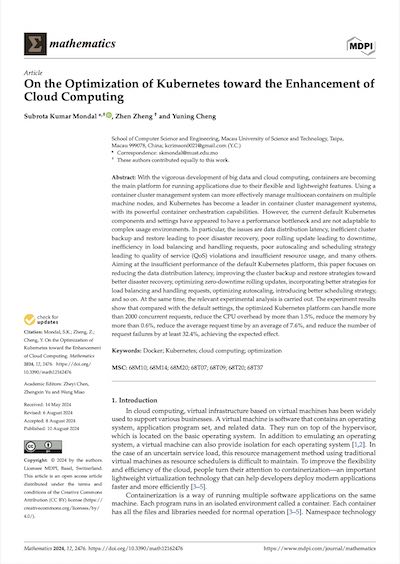Today's article comes from MDPI's Journal of Mathematics. The authors are Mondal et al., from the Macau University of Science and Technology. In this paper, the authors answer a simple question: What can you do when you outgrow Kubernetes? They point out 6 specific areas where k8s struggles to scale, and develop a suite of solutions to breakthrough those bottlenecks. Let's dive in.
DOI: 10.3390/math12162476


You must be an active Journal Club member to access this content. If you're already a member, click the blue button to login. If you're not a member yet, click the sign-up button to get started.
Login to My Account
Sign Up